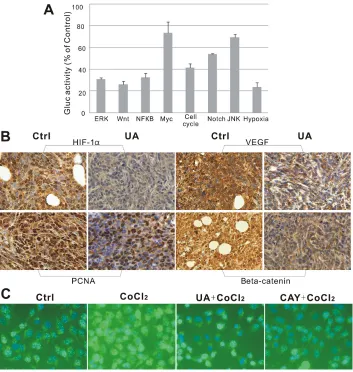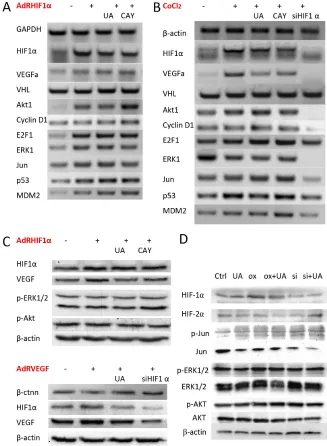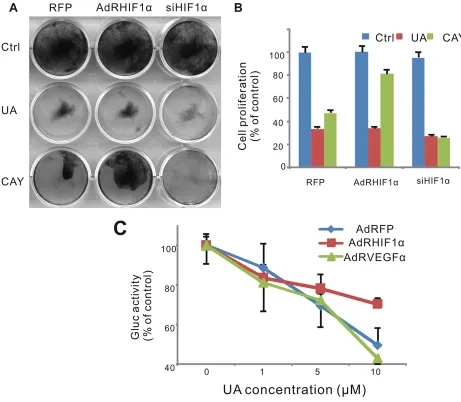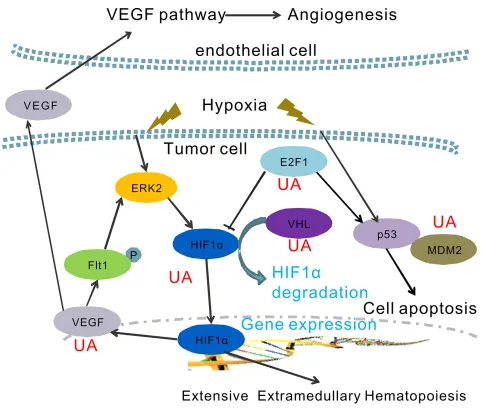Hypoxia pathway and hypoxia-mediated extensive extramedullary hematopoiesis are involved in ursolic acid’s anti-metastatic effect in 4T1 tumor bearing mice
Full text
Figure


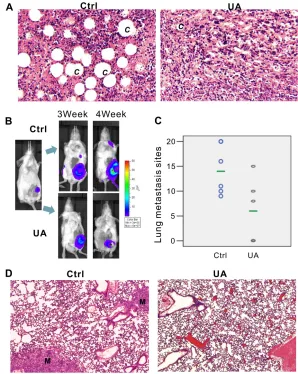
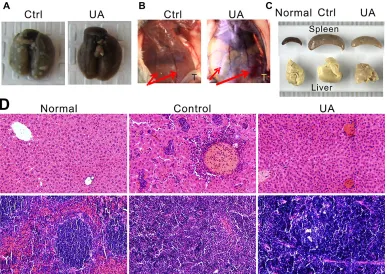
Related documents
This study showed the potential vulnerability of the reproductive system including testis, spermatids, and uterus to infection with SARS-CoV-2, by analyzing the mRNA and
Aside from refugee student experiences during asylum journeys and their experiences prior to those journeys, refugee students face a mixed set of positive and negative experiences in
Es por ello que el siguiente apartado se centra en el marketing de influencia, definiendo los tipos de influenciadores que existen, el poder que tienen en las marcas y
Background: The aim of the study was to evaluate middle cerebellar peduncle (MCP) asymmetry by diffusion tensor imaging (DTI) according to the dominant hand.. Materials and methods:
The proposed curve has the same properties with the usual cubic Bézier curve and its shape can be adjusted by altering values of the two shape parameters while the control points
Specifically, the qPCR assay was used to: (i) quantify the dynamics of covert SpexNPV infections over the course of host development; (ii) determine the principal body
de- scribed a EGPA case with a similar clinical condition of IgG4-related kidney disease, in which the patient was in- volved with a high serum IgG4 level, salivary gland
